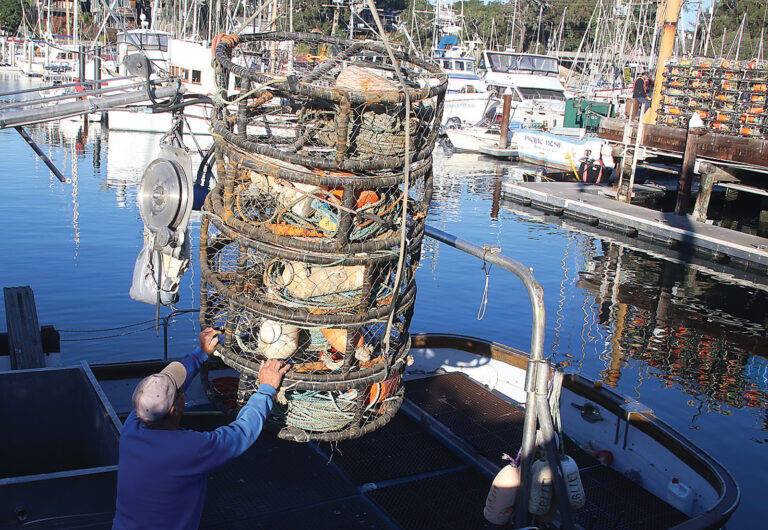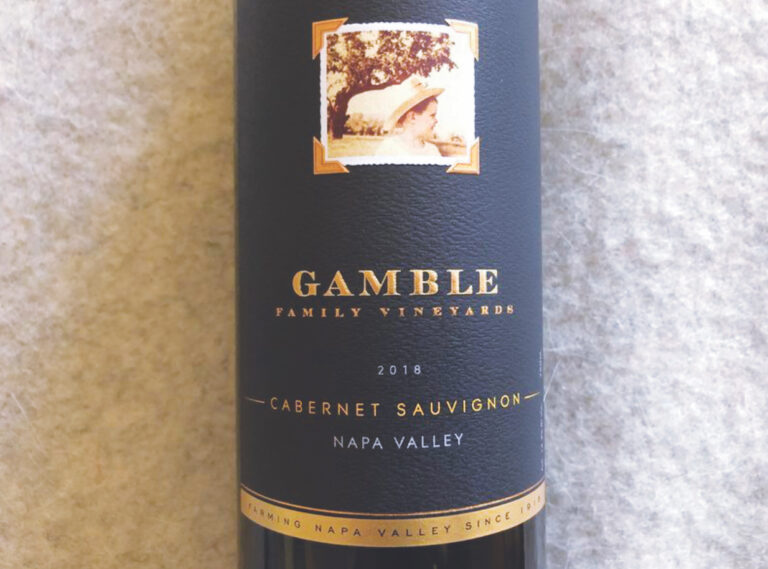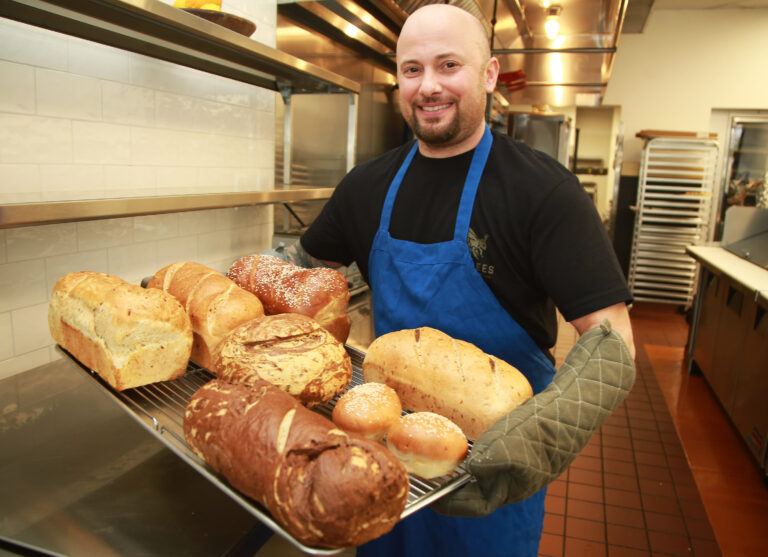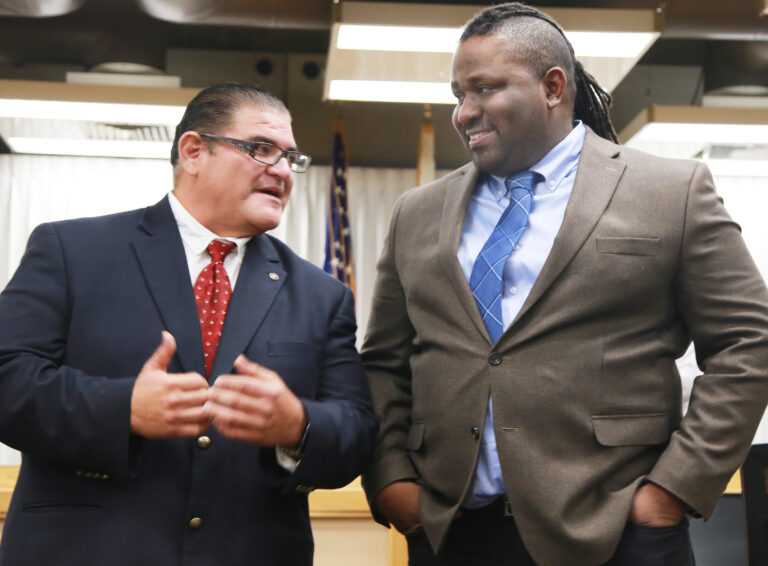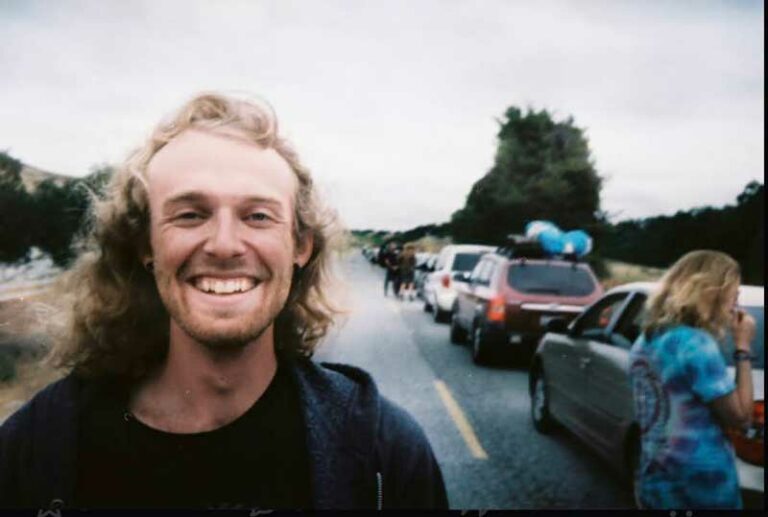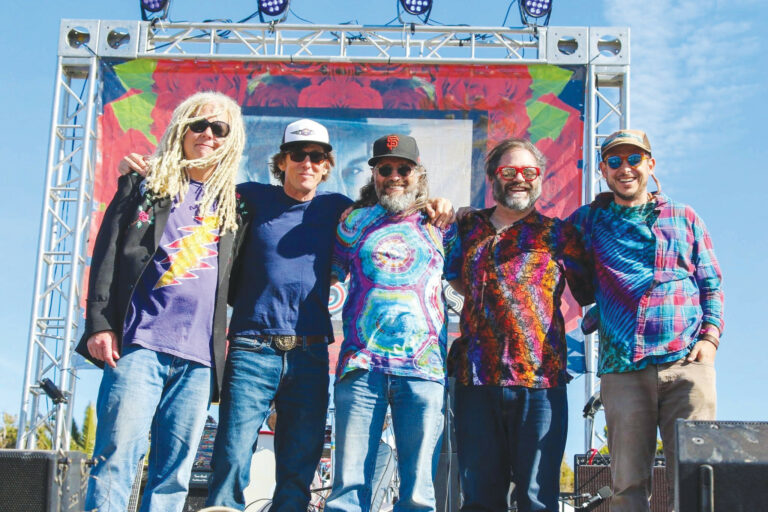Santa Cruz County is considering making a disaster declaration in the wake of the massive rainstorm that brought flooding to several parts of the county, according to Santa Cruz County spokesman Jason Hoppin.
The county is still waiting on responses from State and federal officials.
“Yesterday outperformed all expectations,” he said. “Everybody predicted this was going to be a normal winter storm.”
On Sunday morning, Crews assessed the damage to 43 roads in the unincorporated parts of the county that were impacted by the rains, including a sinkhole on Glen Haven Road and a culvert that collapsed on China Grade.
In South County, there was flooding on numerous streets, including College and Holohan roads.
While the Pajaro River is not expected to reach flood stage, Corralitos Creek in Watsonville went significantly over its banks, sending water into surrounding neighborhoods.
The county relocated and housed 27 people from a farm worker camp in Freedom with help from the American Red Cross, Hoppin said.
Watsonville briefly opened a shelter, which closed soon after that for lack of use, Hoppin said
Soquel Creek rose more than two feet in less than two hours, surprising officials investigating the cause.
“We are trying to get a handle on what went on there,” Hoppin said. “That is a lot in a very short amount of time, and it makes us wonder whether there was a blockage upstream that released or something like that.”
The rains led to widespread flooding, road closures, evacuations, power outages and toppled power and communication lines, and scores of people trapped in their homes.
By late afternoon Saturday, Corralitos and Salsipuedes creeks bulged with built-up rainwater as intersections such as Holohan Road at Green Valley Road and Holohan at College Road, and Riverside Drive at Bridge and Blackburn streets began to flood. Some vehicles started to float in several spots and collide with one another or through fences and landscaping.
Tuttle Street and surrounding Bay and Pajaro villages turned into flowing rivers of dark brown water by 8pm.
Watsonville firefighters evacuated numerous residents along Delta Way into the night after flood waters began to seep into their homes.
“We had no warning at all; my friend told me I had to get out,” said Robert Carrancho, who lives at the corner of Atri Court and Delta Way. “That’s when I noticed my parked car was filling up with water. The water didn’t get into my house. But my car is gone; it’s a total loss.”
Hoppin said that the county issued flood advisories in advance of the flooding and sent out reverse 911 calls to the residents who were at risk. A wider alert, he added, is used only during serious emergencies.
Watsonville City Councilwoman Ari Parker, whose District 7 includes the flooded areas, said communication measures fell short of promptly alerting the community.
She said the reverse 911 calls came after the floodwaters had arrived. While police officers and firefighters were staged at either end of the affected neighborhoods—fire officials warned people to shelter in place—nobody was coming to offer help.
Parker said the water flowing down Bridge Street “was like a rushing river” as it continued onto nearby streets, knocked over a retaining wall at Vista Montana, and entered garages and homes.
“The water was everywhere,” she said. “It was on Delta; it was on Bronte. It was everywhere in the senior villages.”
The floods also affected Argo Circle, she said.
Parker said that the floods came despite the city’s measures—such as a pump station at Vista Montana and an overflow pond at Pajaro Vista.
Instead, Parker said the water came from a swollen Corralitos Creek, under Santa Cruz County’s purview.
“They could have kept a better watch on Corralitos Creek. No place in the City of Watsonville flooded like we did, and it all came from County water. They should have been on top of that.”
Watsonville City Manager Rene Mendez said that the city is looking into what went wrong and when.
“We’re assessing that,” he said. “We’re trying to figure out what we could have done better.”
Mendez said that all the city’s pump stations, and other infrastructure worked but did not assign a cause.
“I can tell you that we were all on call and monitoring that,” he said. “Something happened that we weren’t expecting, but we’re trying to figure out how we can improve that.”
As the waters receded on Sunday, County officials were preparing for a rainstorm on Wednesday night that is expected to bring at least as much rain as Saturday’s.
The county is also planning on putting up a disaster recovery web page for businesses and homeowners impacted by the floods, Hoppin said.
On Bronte Way near Village Way, large swaths of the ground were carved away by flood waters, allowing powerful water streams to infiltrate Pajaro Vista’s neighborhood and into Pajaro Village.
“The water was gushing high into the air, and mud and rocks were streaming into my street,” said a woman who only gave the name Nan. “It was terrifying. The water came right up to our property but not into my house.” Nan said she’d lived at the home since 2012 and had never seen anything close to the New Year’s eve flooding.
Andy Gonzalez said the water reached four inches inside his home and stayed there until 11pm.
“I’ve been here 12 years, and I’ve never seen it like this,” he said.
Wedding photographer and planner Hayne Benick said she was helping people with the New Year’s wedding when she got trapped in her Toyota minivan on Atri Court. After her car died, Benick said she ran barefoot through waist-deep water carrying two dogs until a kayak man rescued her.
The kayak proved too unstable, she said, and she stayed put.
“It was the most terrifying night of my life,” she said.
Throughout the day, Sunday residents and others pitched in to clear mud and debris in front of their homes, driveways and sidewalks. Heavy mud carpeted numerous streets, and several barricades were still in place along College Road, where water continued to gush onto the pavement from Salsipuedes and Corralitos creeks.
Bay Village resident Woody Rehanek said he’s lived in his home for 18 years and has never seen anything close to Saturday night’s flooding.
Mendez said that the city is preparing for the next storm on Wednesday and will open a second sandbag station at Ramsay Park in addition to Fire Station 1 at 115 Second St.
The best thing residents can do to protect themselves is to stay informed, Hoppin said.
“That’s one thing we want people to do is maintain weather awareness, especially into this next storm,” he said. “Turn on the news. Follow authoritative social media accounts, whether national weather service, the City of Watsonville, County sites, or CHP.”
Parker also said that the information available during the flooding was inaccurate, including the website aware.zonehaven.com, which showed that the flood risk for Parker’s neighborhood was “normal” despite having already been flooded.
“They never changed that the entire night,” she said. “If there had been a better response from the county, there would have been better communication.
“It was a very distressing New Year’s Eve for almost all of the senior village,” she said.


